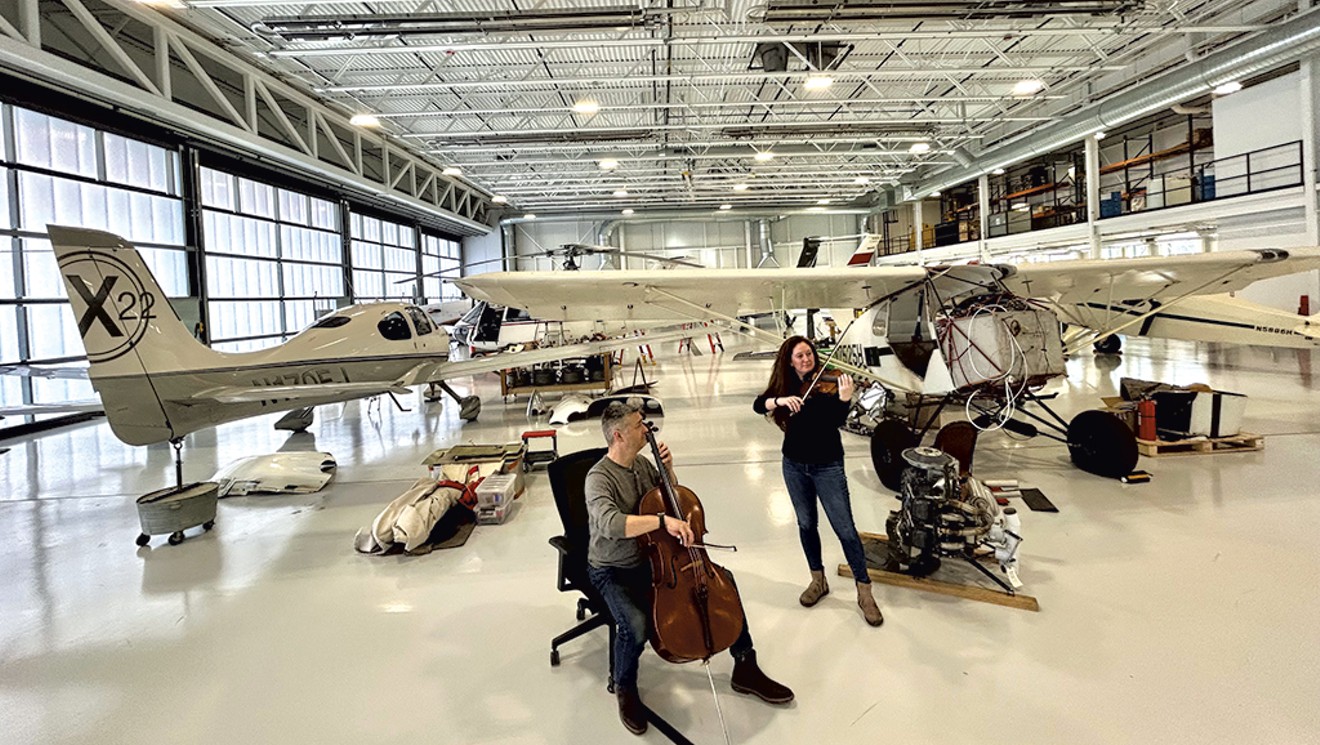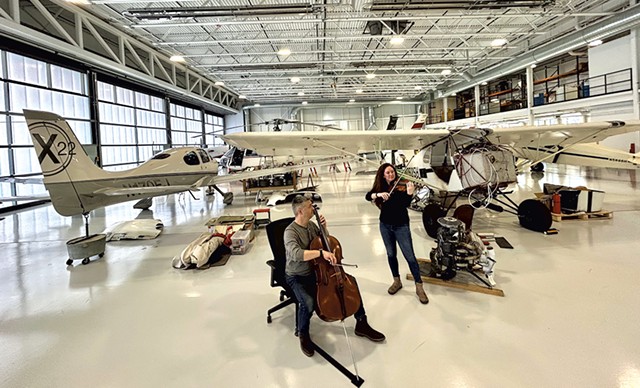Scientists can measure the rate at which glaciers are melting by making underwater audio recordings of them moving and calving, then reducing those sounds to predictive formulas. But what if, in addition to providing useful data, the sounds of melting glaciers became music?
Montreal composer Sophie Kastner’s Terminus does just that, incorporating these underwater recordings into a composition for string quartet. The piece is one of the works inspired by and drawn from science and data from the Vermont Symphony Orchestra’s Jukebox Quartet concert program this weekend, titled “The Sound of Science.”
Music, with its unique connection to emotion, may seem at odds with the dispassionate realm of data. But using data to create music is simply “a new and different way to tell a story,” said Matt LaRocca, the VSO’s artistic advisor and project conductor, who curated the Jukebox series.
“Data can highlight a concept, but numbers are sometimes hard to digest,” LaRocca said. “Being able to channel it through music can tell a more relatable story.”
The Jukebox Quartet—violinists Brooke Quiggins Saulnier and Jane Kittridge, violist Stephanie Taylor and cellist John Dunlop—typically play instruments with a microphone outside of the traditional concert hall. This weekend’s venues are attractive in their own right: Roots Studio Space in Rutland; Beta Technologies in South Burlington, where some of the world’s first electric airplanes are being developed; and the Fairbanks Museum and Planetarium in St. Johnsbury.
That last location is where LaRocca obtained records of Vermont temperatures between 1970 and 2019 for his “Bullseye” piece, which is on the weekend program. Named after the circular rash associated with Lyme disease, the work combined weather data with Centers for Disease Control and Prevention data on Lyme disease cases in the state during the same 50-year period. LaRocca spreadsheeted both trends into an online web application that “voices” data, tweaking the program to create acoustic music for the quartet.
Spanning a year every two bars, the piece featured only viola and cello until 1988, when the first case of Lyme disease was discovered in Vermont. From there, the work is like “a rolling ball that gathers energy and tempo and sound material until the end,” LaRocca said.
Emeritus Middlebury College professor Peter Hamlin created his own methodology for composing “Lake Champlain — 11 a.m. July 18, 2023,” also on the program. The piece was derived from 11 hours of wind data from the National Oceanic and Atmospheric Administration’s Diamond Island Weather Station, off Ferrisburgh. He regularly checks its data before launching his 22-foot sloop on the lake.
“I wanted to capture with sound the way I feel in the water,” he said.
The piece begins lightly and builds as the wind picks up, then settles down again. “It’s like a little musical moment on the lake,” Hamlin said. The quartet will improvise on an electronic score; both outcomes were determined by wind speed and direction. Hamlin mapped the NOAA data onto the musical circle of fifths to create the eight-minute piece.
Audiences will be able to create music from their own datasets in pre-performance workshops using a free version of the program LaRocca used to compose his piece. He recommends that participants bring their own computers and any datasets of interest.
Nordic skier heart rate readings? A runner’s mileage and pace? Anything can be music.


